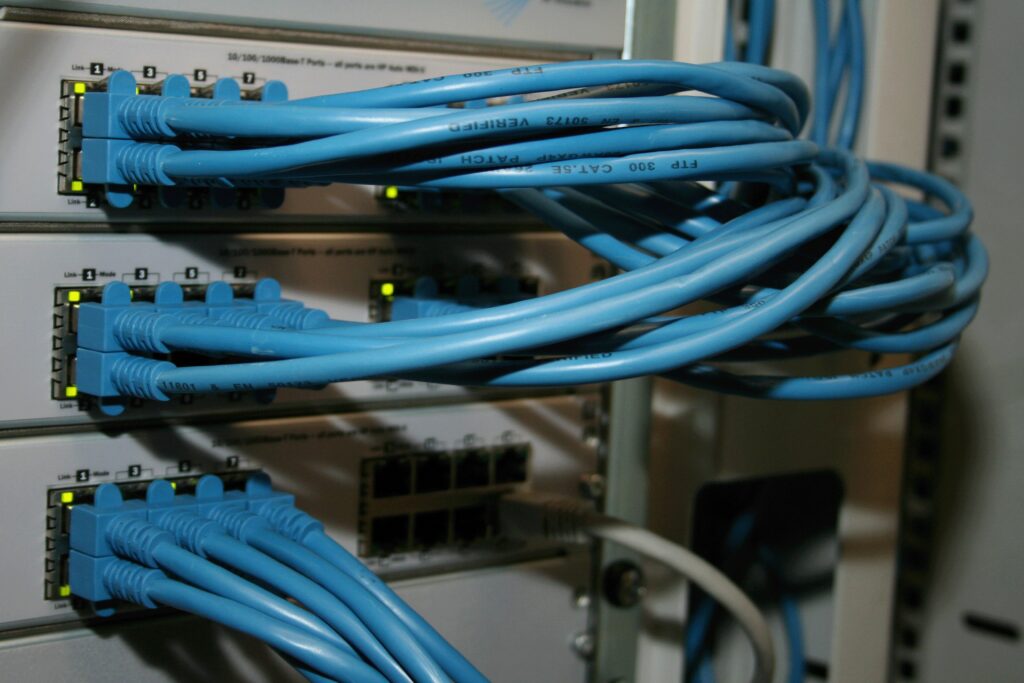Oracle’s $30B OpenAI deal won’t be enough to catch the big three

When Oracle announced that it had landed a major cloud deal last week, it felt like significant news. How could you ignore a deal that was purported to be worth $30 billion a year? It later came out that the buyer turned out to be OpenAI as part of its massive $500 billion Stargate project.
While the figure certainly got my attention, the information came as part of an extremely vague 8-K filing with the SEC. But more significant were reports that the deal wasn’t set to kick in for three years in fiscal 2028. And let’s face it, a lot can happen in cloud and AI in three years before the agreement ever comes to fruition.
There is little doubt that Oracle has been trying to dent the cloud infrastructure revenue market for a number of years, but has remained far behind the big three: Amazon, Google and Microsoft. Even if this deal materializes, Oracle still wouldn't come close to catching up with them.
Measure twice, cut once
Let’s start with the premise that it’s hard to measure cloud revenue because there is no standard way to count it. Should you include SaaS revenue or just infrastructure and platform revenue? I’ve been following cloud revenue market share numbers for years, and for consistency, for the most part I rely on the data from Synergy Research.
Synergy has a very clear methodology that does not include SaaS, which it breaks out into a separate report each quarter. Instead, it looks strictly at IaaS (Infrastructure as a Service), PaaS (Platform as a Service), and Hosted Private Cloud service offerings and counts the revenue from each of those categories to come up with its market leaderboard.
In Oracle’s most recent earnings report, the company reported $6.7 billion in total cloud revenue, but this combines SaaS and IaaS. When you look at just the IaaS data, it’s just $3 billion. Just, I know, but compare it to its rivals’ numbers and it feels pretty small
| Company | Most recent quarterly revenue (rounded) |
| Amazon | $27 billion |
| Microsoft | $21 billion |
| $11 billion | |
| Oracle | $3 billion |
*Per Synergy Research
Will it move the needle?
It’s clear that Oracle is well behind the big three, especially when you subtract SaaS revenue from the equation, but if the $30 billion a year deal comes to pass, it has to have an impact, especially when you consider the law of large numbers: the bigger a company gets, the harder it is to generate large year-over-year growth. Oracle still has plenty of room for growth, while market leader Amazon could be moving toward a more mature period of slower growth.
Ray Wang, founder and principal analyst at Constellation Research (and former Oracle employee) sees good things from these announcements. “The main thing with Oracle’s announcements is that it’s taking market share, and they’ve done it in the most cost-effective way for customers and for their shareholders,” Wang told FastForward. "On the OpenAI front, 4.5GW is huge. and that kind of capacity is key as there is a scramble for the Top AI companies to secure compute, power and capacity ."

But John Dinsdale, chief analyst and research director at Synergy Research isn’t so sure. “I always treat announcements like this as marketing material rather than factual statements. There are so many unknowns, variables and lack of specifics behind reported numbers like these that they tend to be verging on meaningless,” he said.
However, Dinsdale says if the numbers were true, it could begin to have an impact on market share. He’s just not convinced they are. “The figure is equivalent to over half of Oracle's total revenue for the fiscal year that just ended,” he said. “We don't know exactly what products or services are behind the number, but if we were to assume that the majority is IaaS/PaaS-like cloud infrastructure services, it might represent 3-4% of the worldwide market in 2028,” he said. And that would probably move the market share needle a bit if it were true.
Dinsdale also gives the company credit for making gains recently, even if they are still far behind in market share terms. “The company growth rate is the highest it's been since early 2023; its cloud revenue growth rate is the highest since Q3 2023; and its capex intensity has leapt to a level that is unthinkable by Oracle's historic standards,” he said.
Wall Street certainly seems to like the recent news with the stock rising over 31% in the last month. Yet as with so much cloud data, it’s hard to know what this filing means, especially with a timeline so far in the future, but if Oracle can fill these contractual commitments, it could have some impact on its market share, just not enough to impact the dominance of the big three.
Featured photo courtesy of Oracle.





